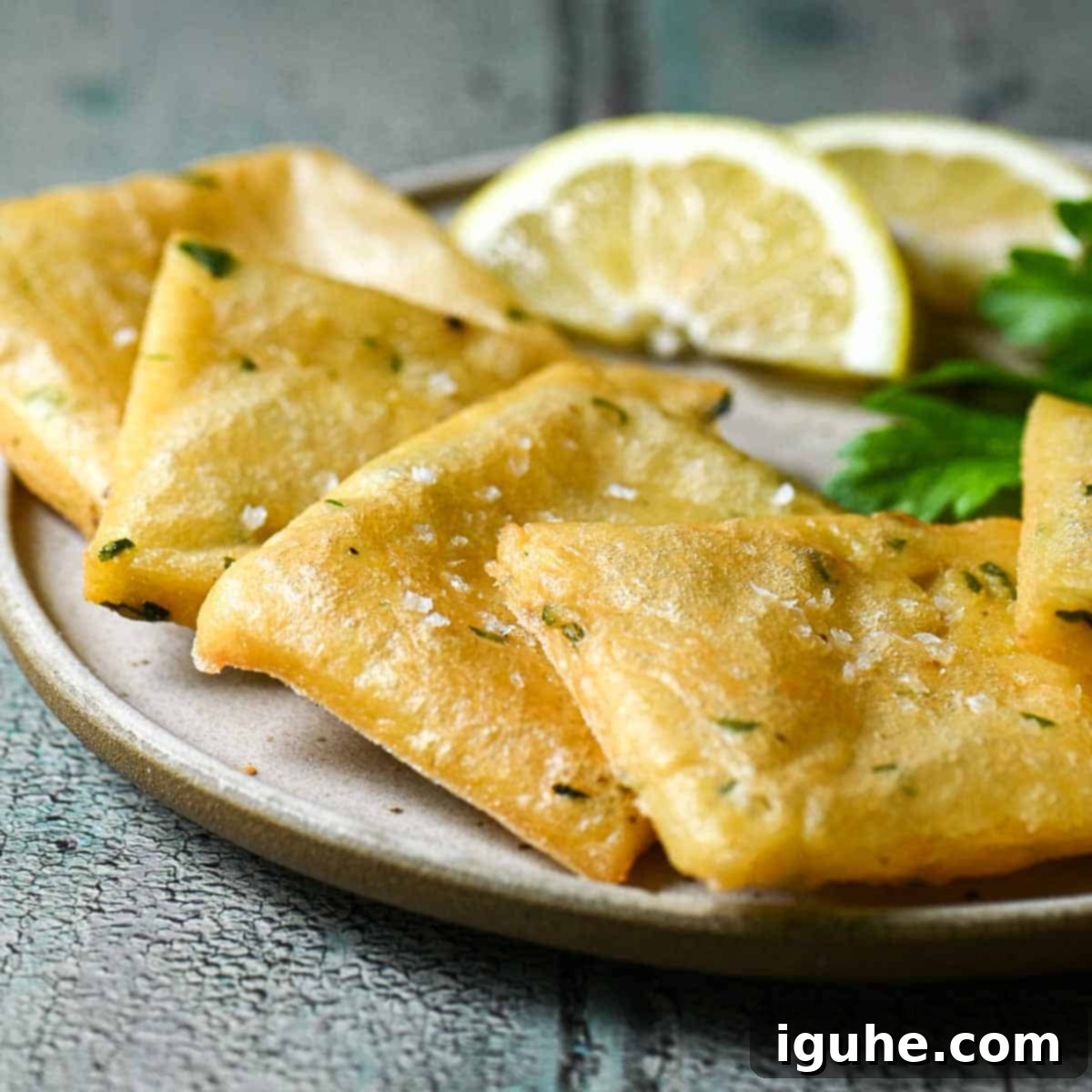Authentic Sicilian Panelle Recipe: Crispy Chickpea Fritters You Can Make at Home
Sicilian Panelle, pronounced “pah-NEL-leh,” are glorious Italian chickpea fritters that embody the heart and soul of Sicilian street food. This simple yet profoundly satisfying dish is crafted from a blend of chickpea flour, water, and a few other essential ingredients, then fried to golden perfection. A staple on the bustling streets of Palermo, Sicily, these humble fritters offer an incredible culinary experience, whether enjoyed as a standalone appetizer or tucked into a crusty roll for a classic sandwich. Their rustic charm, ease of preparation, and delicious flavor make them a beloved Italian tradition.
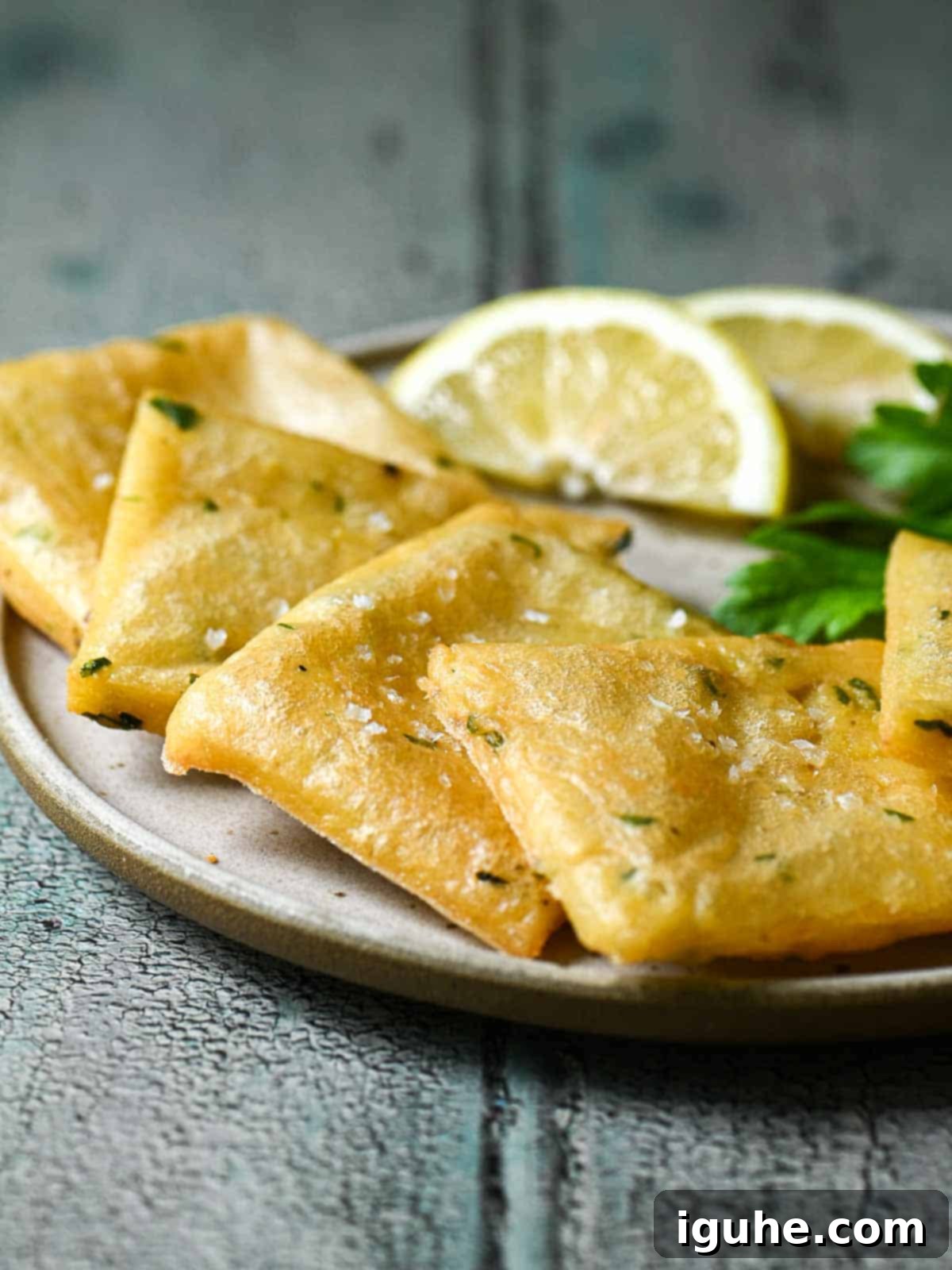
My recent journey to Sicily, though not taking me through the bustling markets of Palermo, allowed me to indulge in a delightful panelle appetizer in the charming town of Agrigento, nestled on the island’s southern coast. This experience reignited my passion for these crispy chickpea delights, inspiring me to bring a taste of Sicily back to my kitchen.
Traditionally, Sicilian panelle are considered the ultimate peasant food, celebrated for their reliance on inexpensive, readily available ingredients. However, I couldn’t resist adding a few simple, non-traditional upgrades to elevate their flavor profile without compromising their authentic essence. For instance, I swapped some of the water for savory vegetable broth, imparting a deeper, more nuanced taste. I also enhanced the seasoning with a touch of freshly ground black pepper and aromatic fresh herbs like chives and parsley, which brightened the overall flavor. Don’t worry, the purists might raise an eyebrow, but these subtle changes truly make the panelle pop!
Making chickpea fritters at home is surprisingly straightforward, and the result is incredibly rewarding. I find them absolutely perfect on their own, served hot with a generous squeeze of fresh lemon juice and a sprinkle of flaky sea salt, which enhances their crispiness and nutty flavor. For a more substantial meal that transports you straight to a Sicilian street food cart, layer a few warm panelle into a crusty bread roll to create a classic Italian sandwich known as “Pane e Panelle” (bread and panelle). This iconic combination is a must-try for any lover of authentic Italian cuisine.
[feast_advanced_jump_to]
The Star Ingredient: Chickpea Flour
At the heart of every authentic Sicilian panelle recipe lies chickpea flour. This remarkable ingredient, also known as gram flour, besan, or garbanzo bean flour, is simply made by grinding dried chickpeas (garbanzo beans) into a fine, light powder. It’s naturally gluten-free, making panelle a fantastic option for those with dietary restrictions, and it lends a unique nutty, earthy flavor and a surprisingly creamy texture to the fritters without the need for eggs or leavening agents.
Finding chickpea flour is typically easy these days. Most major grocery stores carry it, often located in the gluten-free aisle or the international foods section, particularly near Indian or Middle Eastern ingredients. You can also readily find it at health food stores, specialty ethnic markets, or through online retailers like Amazon or Thrive Market. My personal favorite brand for consistent quality is Bob’s Red Mill. Ensure you select *finely ground* chickpea flour for the best results, as coarser varieties may result in a grittier texture.
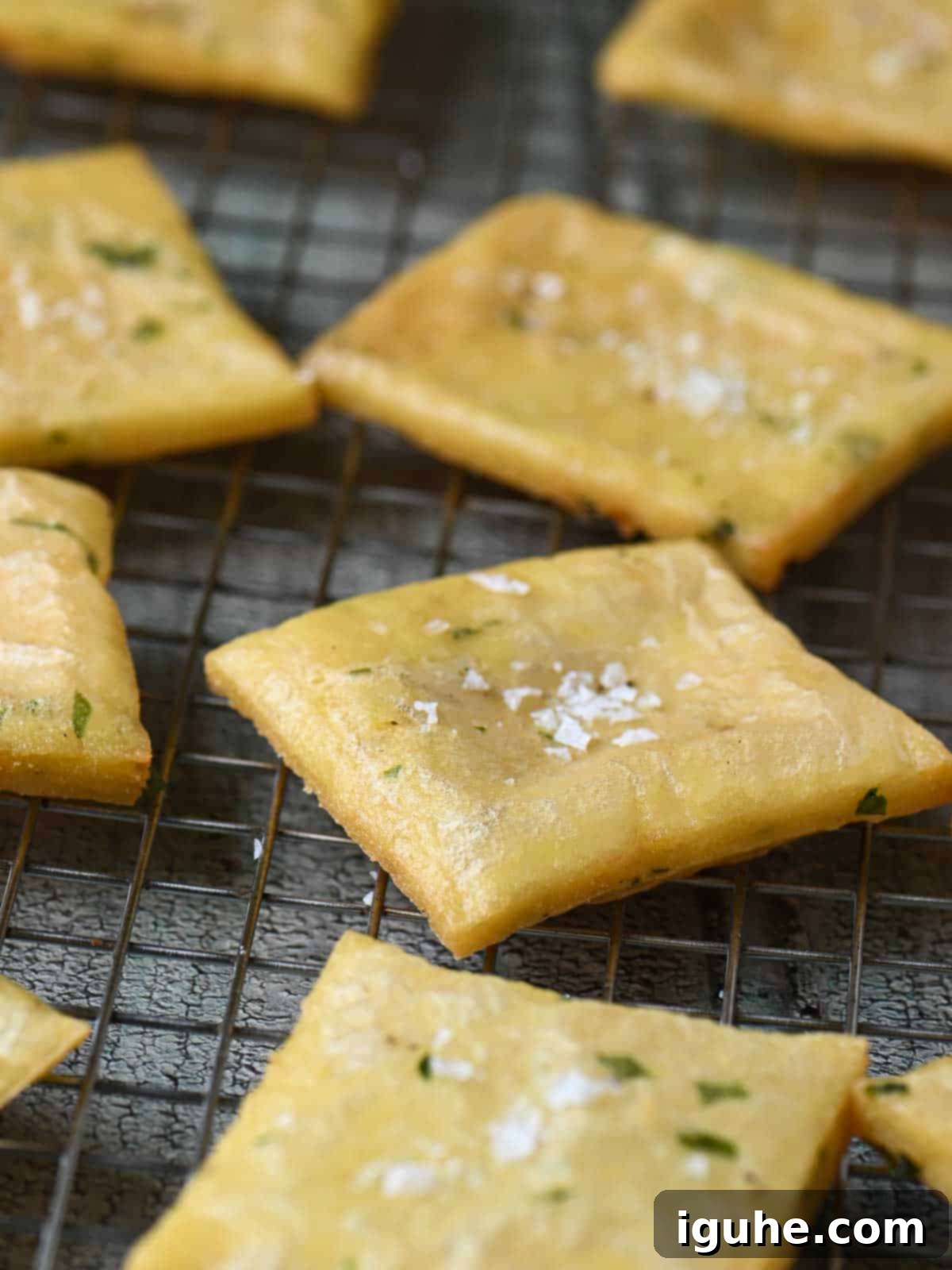
Easy Steps to Homemade Panelle
Crafting delicious Sicilian Panelle at home is a simple process, although it does call for a bit of arm strength (thanks to all that whisking!). The method shares similarities with making creamy polenta, but happily, it demands far less active cooking time to achieve that perfect thick, smooth batter consistency. Follow these steps for perfect chickpea fritters every time:
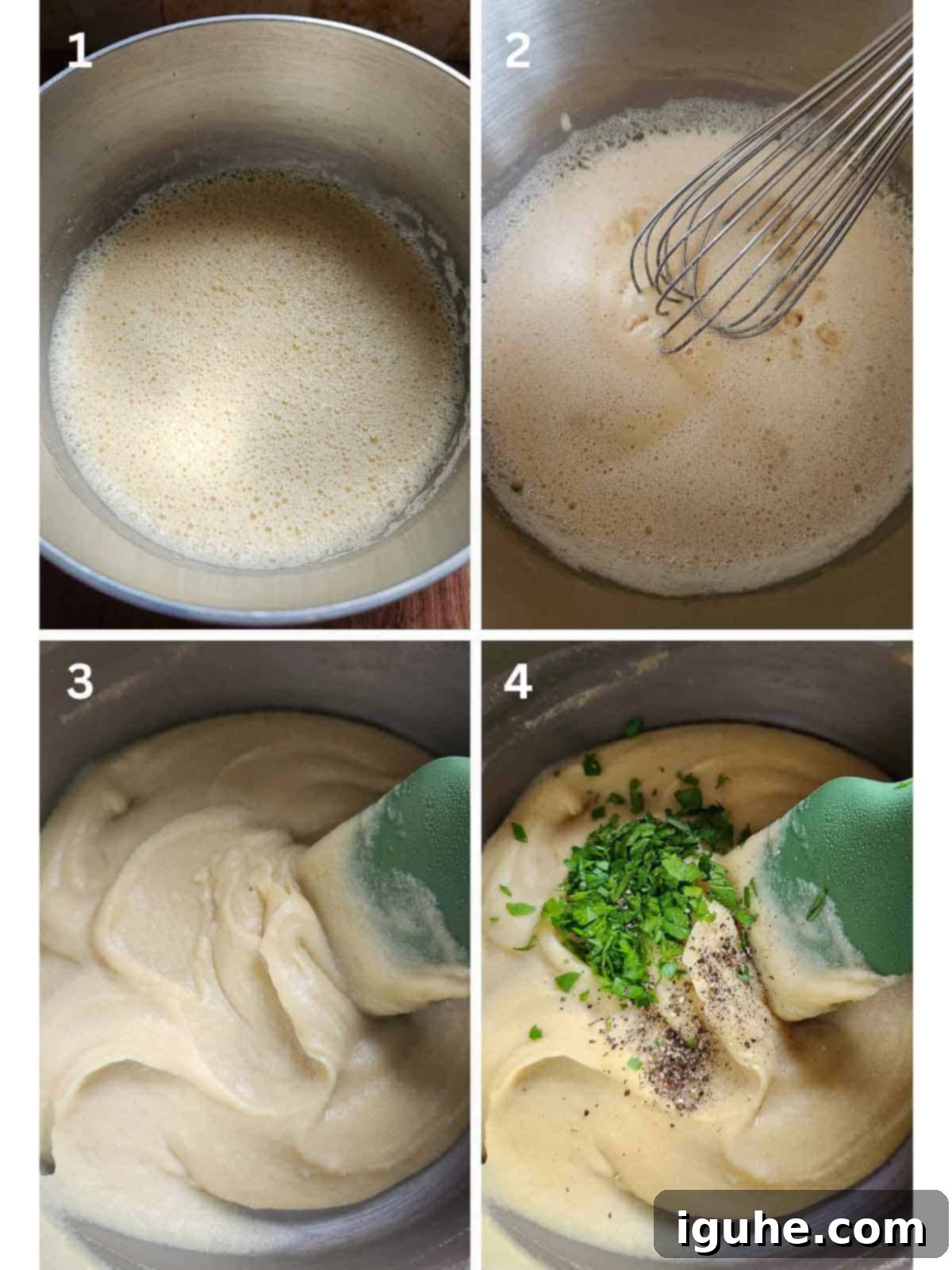
Step 1. Prepare the Batter Base: In a medium-sized pot, combine your liquid (water, broth, or a mix) and salt off the heat. Gradually add the chickpea flour, whisking slowly and continuously to prevent any lumps from forming. Aim for a perfectly smooth, slightly foamy mixture before applying heat.
Step 2. Thicken the Batter: Place the pot over medium heat and continue to whisk without interruption. This constant motion is crucial to avoid sticking and ensure even cooking as the mixture begins to thicken. You’ll notice a significant change in consistency quite quickly.
Step 3. Achieve the Right Consistency: Once the batter starts to look like thick ribbons falling from your whisk, switch to a sturdy silicone spatula. Keep stirring, scraping the bottom and sides of the pot, until the mixture is very thick and smooth, resembling the consistency of creamy mashed potatoes. This process ensures the panelle will hold their shape beautifully.
Step 4. Incorporate Flavor: Remove the pot from the heat. Now is the time to fold in your chosen fresh herbs and freshly ground pepper. Stir them thoroughly until they are evenly distributed throughout the thick chickpea batter.
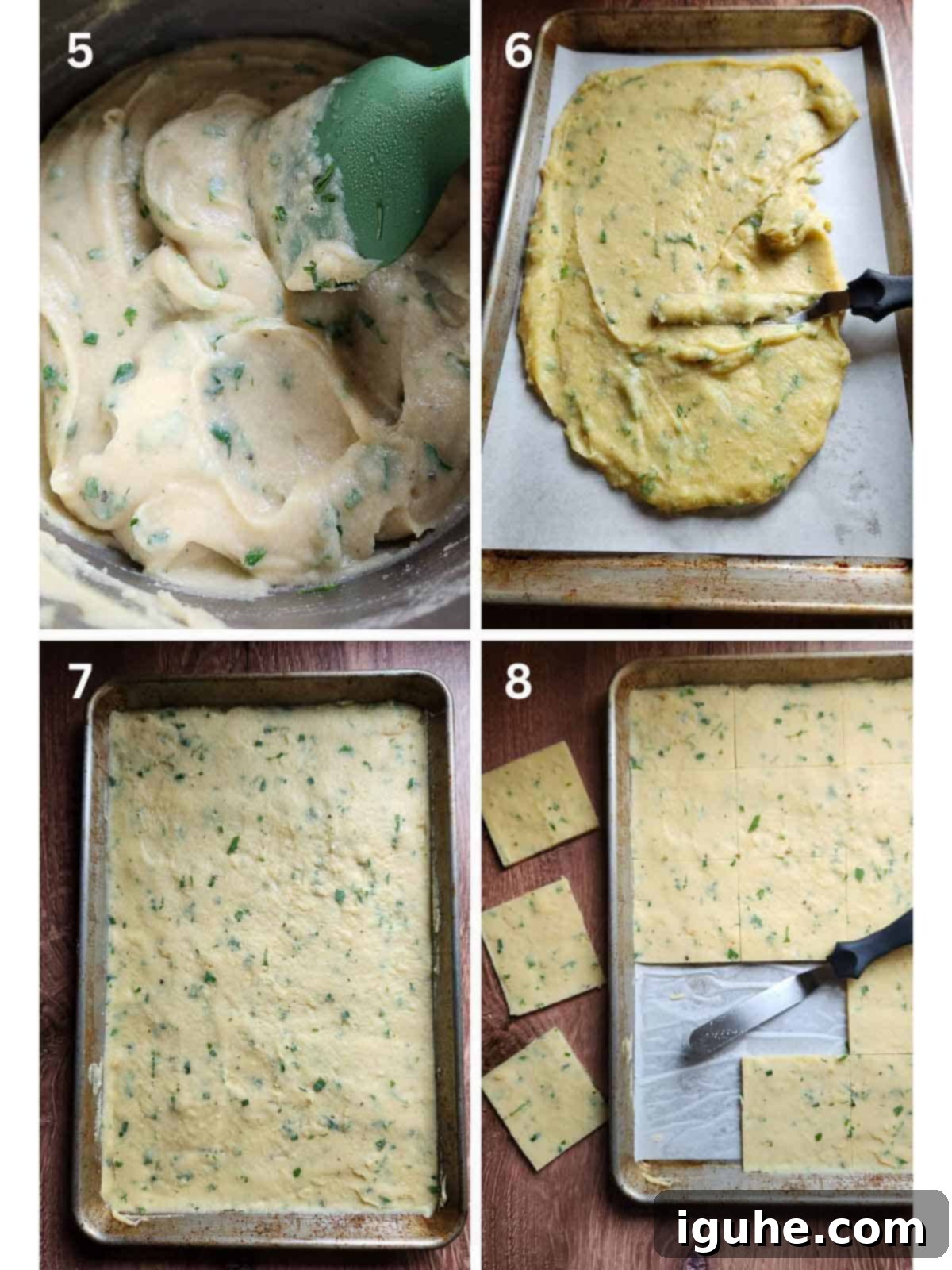
Step 5. Spread and Chill: While the batter is still hot, quickly pour it onto a prepared baking sheet (lined with parchment paper or lightly oiled). Using an offset spatula or the back of a spoon, spread the batter evenly to about ¼ inch thickness. This thinness is key for crispy panelle. Transfer the pan to the refrigerator and chill for at least 30 minutes, or longer, until the batter is completely firm.
Step 6. Slice and Prepare for Frying: Once chilled and firm, remove the panelle slab from the refrigerator. Use a sharp knife to cut it into even slices of your desired shape – squares, rectangles, triangles, or even fun rounds. Gently lift the pieces and arrange them near your frying station.
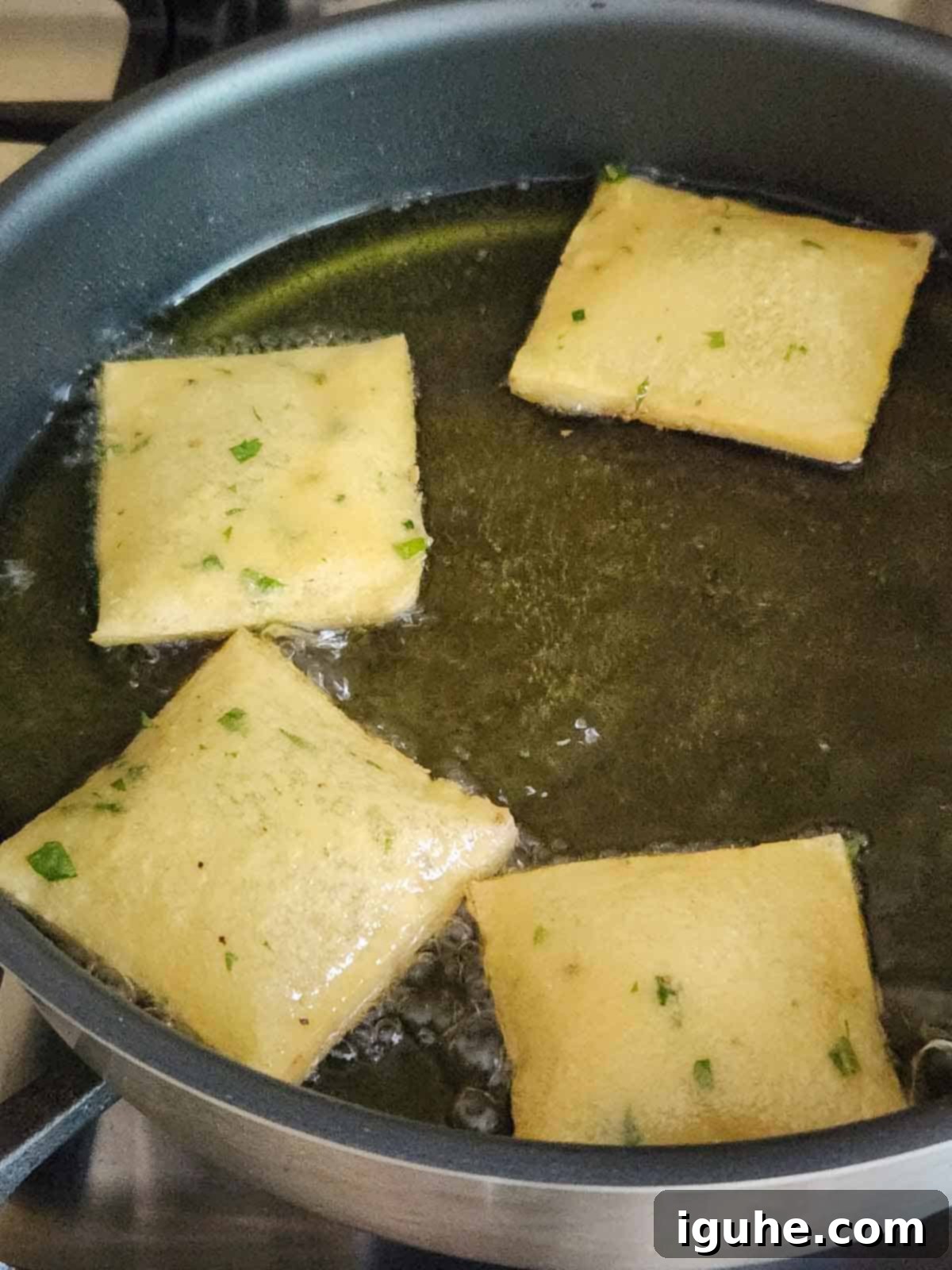
Step 7. Fry to Perfection: In a pan with high sides (or a deep fryer), add enough oil to reach a depth of approximately ½ inch. Heat the oil to 345-350°F (175-177°C). Carefully add the panelle in batches, ensuring not to overcrowd the pan, which can lower the oil temperature and lead to soggy fritters. Fry until golden brown and slightly puffed, flipping halfway through for even cooking. Adjust the heat as necessary to maintain a consistent temperature.
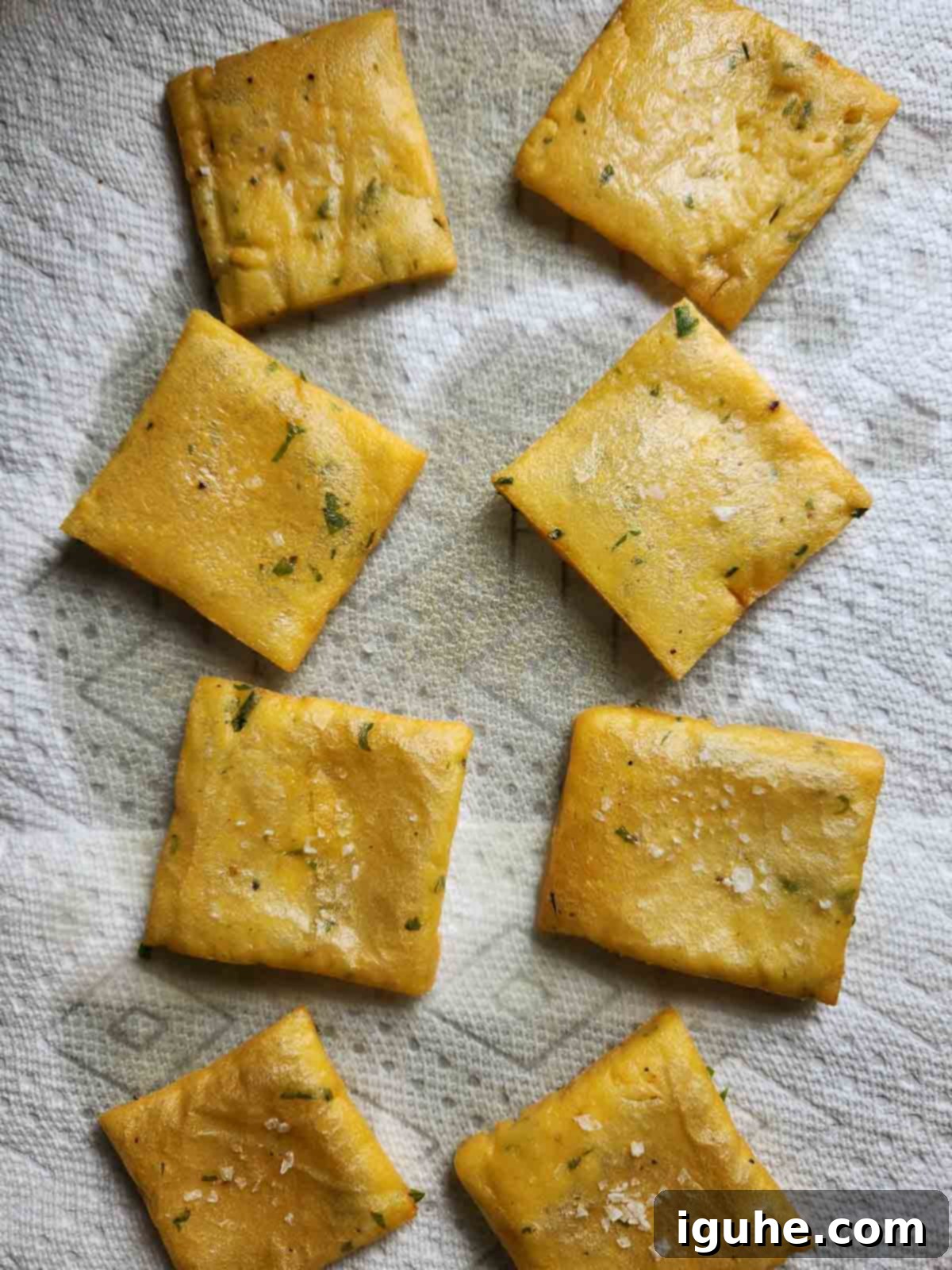
Step 8. Drain and Serve: Once the panelle are beautifully golden brown and slightly puffed, use a slotted spoon to carefully remove them from the hot oil. Transfer them to a wire rack lined with paper towels to drain any excess oil. Immediately sprinkle with a little extra flaky sea salt. Serve these delectable chickpea fritters piping hot for the best texture and flavor.
👩🍳 Expert Tips for Perfect Panelle
- Choose the Right Pot and Whisk: For the smoothest batter and to prevent lumps, a stainless steel pot and a sturdy metal whisk are highly recommended. Non-stick coatings can be easily scratched or damaged by vigorous whisking.
- Thin is Key: When spreading the chickpea batter onto the pan, aim for a thin layer, approximately ¼ inch thick. This ensures that your panelle will be wonderfully crispy on the outside while remaining tender within. Thicker panelle will be softer and less traditional.
- Customize Your Shapes: Don’t feel limited to squares or rectangles! Panelle can be sliced into any shape you desire – playful triangles, elegant rounds, or even long, fry-like sticks. Get creative with your presentation!
- Ensure Sufficient Oil for Frying: It’s crucial to add enough oil to your pan so that the panelle can freely float, allowing them to cook evenly and puff up beautifully. If there isn’t enough oil, they will “pan-fry” rather than “deep-fry,” resulting in a flatter, less airy texture and missing their signature puffy characteristic.
- Flavorful Frying Oil: For an extra layer of authentic Italian flavor, consider frying your panelle in a mixture of extra-virgin olive oil and a neutral vegetable oil. The olive oil adds depth, while the vegetable oil helps with a higher smoke point.
- Maintain Warmth for Large Batches: If you’re preparing a big batch of panelle, preheat your oven to a low 200°F (95°C). As each batch finishes frying, transfer the cooked panelle to a baking sheet lined with a wire rack and keep them warm in the oven while you continue frying the rest of the fritters. This prevents them from becoming soggy and ensures everyone enjoys them hot and crisp.
- Don’t Rush the Chill: The chilling step is vital. Allowing the chickpea batter to firm up completely in the refrigerator makes it much easier to slice and ensures the panelle hold their shape during frying. A properly chilled batter also contributes to a better texture.
Flavorful Panelle Variations to Explore
Panelle are cherished for their simplicity, and their short ingredient list is precisely what makes these rustic chickpea fritters so incredibly tasty. However, that doesn’t mean you can’t experiment with a few creative flavor variations to add a delightful pop and personalize your batch!
- Experiment with Different Herbs: While fresh parsley is a very traditional choice, feel free to explore other fresh herbs. Finely chopped scallions (green onions), fragrant rosemary, delicate dill, or even a hint of mint can introduce exciting new dimensions to your panelle.
- Vary Your Liquid Base: The fundamental ratio is 1 cup of chickpea flour to 2 cups of liquid. You can play with this. Use all water for a truly classic, neutral flavor, all vegetable or chicken stock (preferably unsalted) for a richer, more savory profile, or a combination of both to strike a perfect balance.
- Add Savory Aromatics: Elevate the base flavor by sautéing finely minced garlic or onions until translucent, then stirring them into the chickpea batter along with the herbs. This adds a wonderful aromatic depth.
- Spice It Up: If you enjoy a bit of heat, swap out the black pepper for a pinch or two of crushed red pepper flakes. You can also experiment with other unexpected spices for an adventurous twist, such as the earthy notes of za’atar, warm cumin, or aromatic curry powder.
- Cheese Infusion: For an extra layer of indulgence, finely grated Parmesan or Pecorino Romano cheese can be folded into the batter just before chilling. The cheese will melt slightly during frying, adding a savory, umami note.
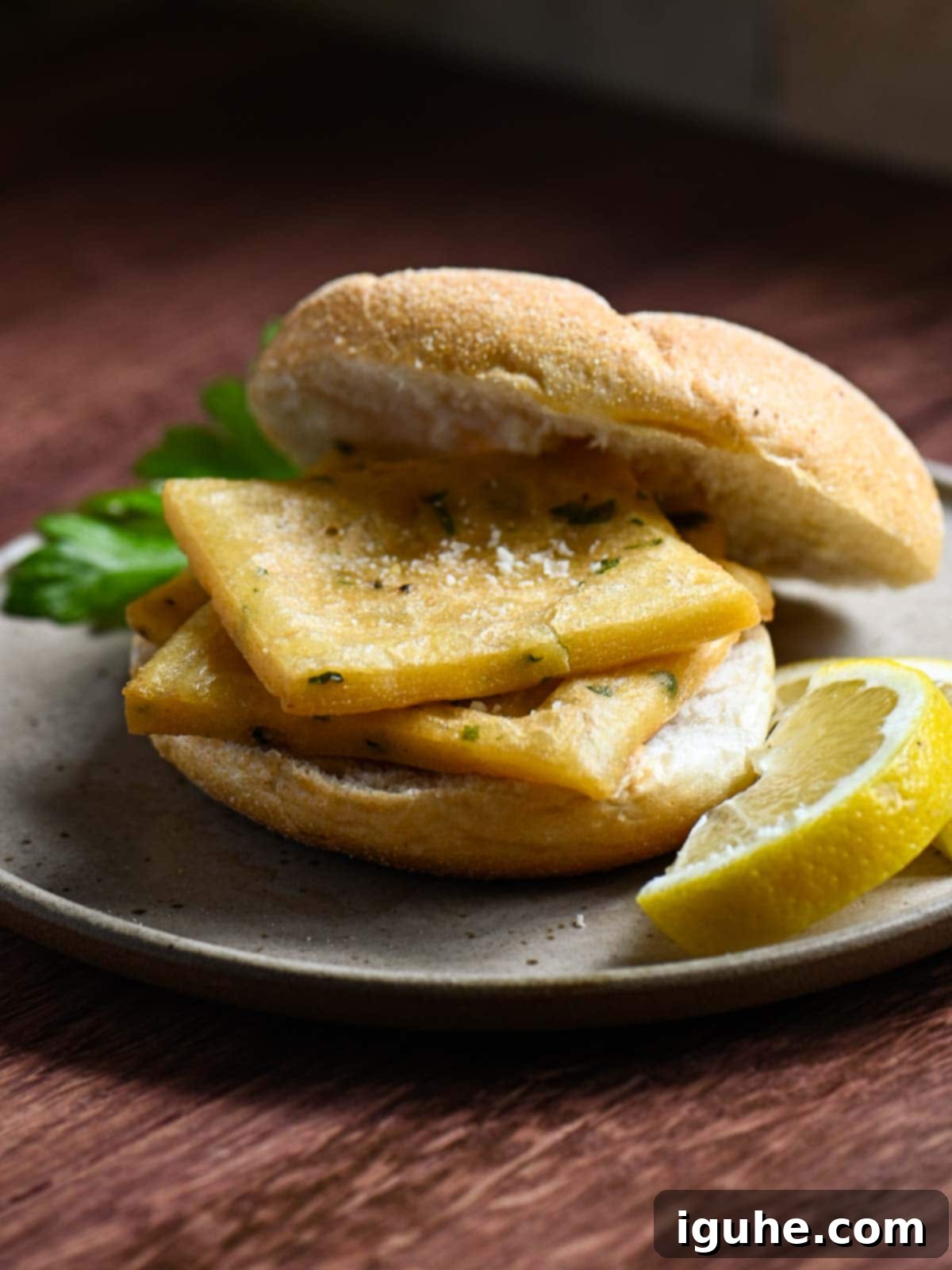
Storage & Make-Ahead Tips for Panelle
Panelle are undoubtedly at their best when enjoyed fresh from the fryer, boasting peak crispiness and warmth. However, you can certainly prepare them in advance or save leftovers for later enjoyment. Unfried panelle batter can be prepared and chilled for up to 24 hours before slicing and frying. Simply cover the pan tightly with plastic wrap after it has firmed up in the fridge.
Cooked panelle leftovers can be stored in an airtight container in the refrigerator for up to 4 days. While they will lose some of their initial crispiness upon cooling, they can be easily revived. To reheat, the best method is to pan-fry them with a small amount of fresh oil until golden and crisp again, typically 2-3 minutes per side over medium heat. Alternatively, you can pop them in a preheated oven at 350°F (175°C) for 5-7 minutes, or until heated through and lightly re-crisped.
Delightful Serving Suggestions
Panelle are incredibly versatile and can be enjoyed in many ways beyond the classic lemon and salt pairing. Here are some ideas to elevate your chickpea fritters:
- Classic Sicilian Style: Serve them hot or warm with a generous sprinkle of flaky sea salt and a bright squeeze of fresh lemon juice. For an extra savory kick, top the panelle with freshly grated Parmesan or Pecorino Romano cheese immediately after frying.
- Pesto Perfection: Drizzle your hot panelle with a dollop of vibrant basil pesto for a burst of fresh flavor, or try a smoky roasted red pepper pesto for a delicious twist.
- Mediterranean Toppings: Top them with my exquisite eggplant caponata, a sweet and sour Sicilian relish, or a generous serving of slow-roasted cherry tomato confit with garlic and thyme for a truly indulgent experience.
- Sweet & Spicy Kick: For a unique and surprisingly delicious flavor contrast, drizzle panelle with a touch of sweet and spicy hot honey or a savory, crunchy chile crisp.
- Creamy Dips: Serve panelle alongside a simple, homemade dip made from Greek yogurt, seasoned with salt, pepper, lemon zest, and finely chopped fresh herbs. Store-bought options like creamy hummus or refreshing tzatziki also make fantastic companions.
- The Ultimate Panelle Sandwich (Pane e Panelle): This is arguably the most iconic way to enjoy panelle in Sicily. Layer 2 to 3 warm panelle in a sturdy, crusty roll, such as one made with sesame seeds or semolina. The key is to use bread that is robust enough to stand up to the delicate fritters without becoming soggy. Before adding the panelle, you can add a few splashes of fresh lemon juice directly to the bread, or spread a creamy layer of ricotta cheese and a sprinkle of Pecorino Romano for extra richness.
Jenn’s Signature Serve
Panelle + Flaky Sea Salt + Ricotta Salata
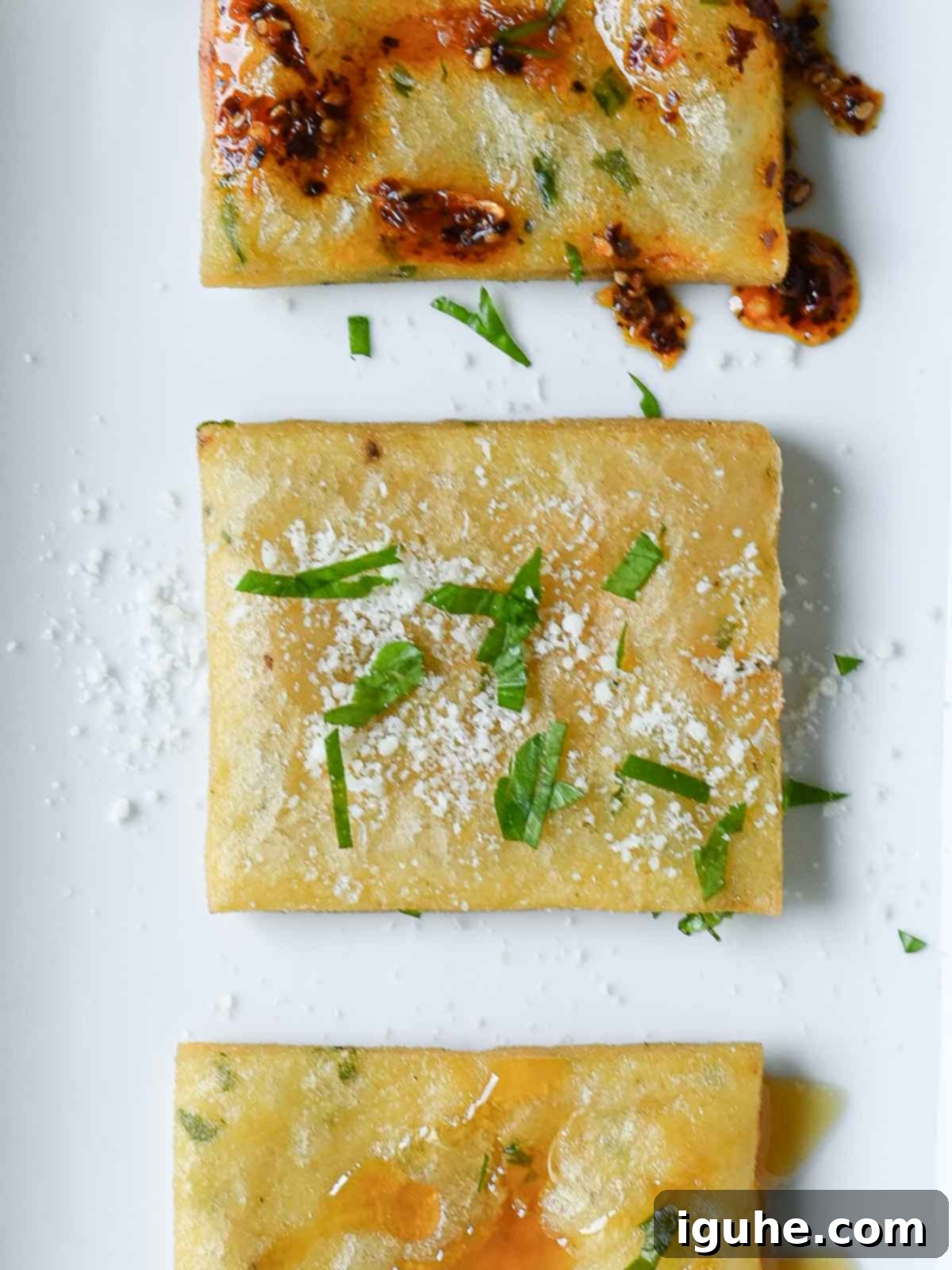
Frequently Asked Questions About Panelle
No, for authentic panelle, it is essential to use chickpea flour. Regular wheat flour, or any other flour substitute, will not yield the correct results. Chickpea flour possesses unique properties that allow the batter to thicken and firm up without the need for eggs or leavening agents. It also imparts the signature nutty, earthy flavor that is characteristic of panelle. Using another type of flour would create a fritter with an entirely different texture and taste, and it wouldn’t truly be panelle as Sicilians know it.
Thanks to the chickpea flour, panelle have a delightful mild, nutty, and earthy flavor, reminiscent of roasted chickpeas. When properly fried, the exterior develops a wonderfully light and crisp texture, while the interior remains soft, creamy, and tender. A fresh squeeze of lemon juice truly brightens these flavors, adding a zesty counterpoint. If you use vegetable or chicken stock in the batter, the panelle will take on a deeper, more savory taste profile, enhancing their rustic appeal.
While the traditional deep-fried texture is hard to replicate exactly, you can certainly air-fry panelle for a lighter option. To do so, preheat your air fryer to 375°F (190°C). Lightly spray the sliced panelle with oil spray, ensuring an even coating. Air-fry them for about 10-12 minutes, flipping halfway through, until they are golden brown and cooked through. Be aware that air-fried panelle will be less puffy and might have a slightly denser texture compared to their deep-fried counterparts, but they still make a delicious snack. You can see the visual difference between the two methods in the image below.
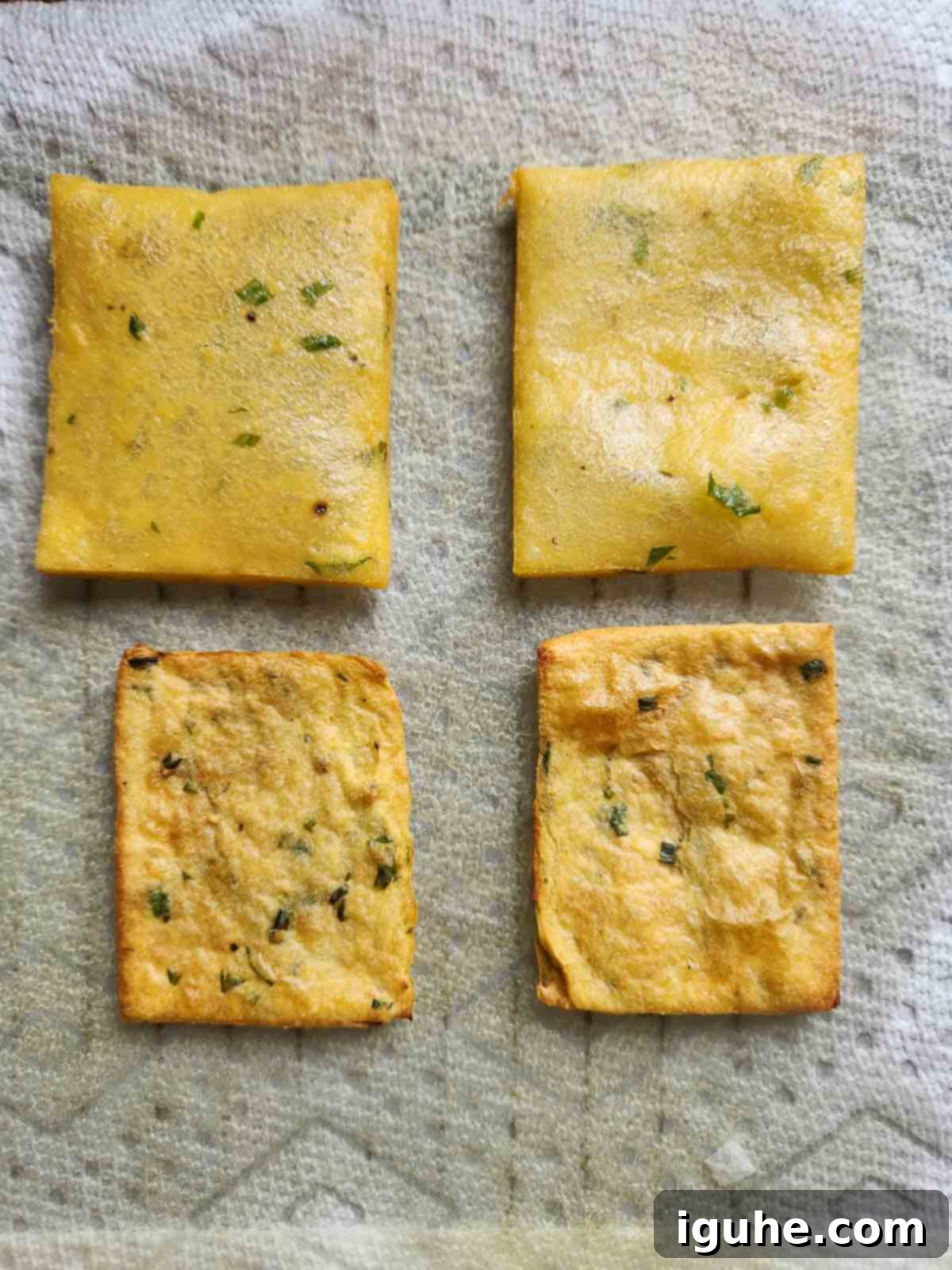
Yes, traditional Sicilian Panelle are naturally vegan! They are made simply with chickpea flour, water, salt, and herbs, and fried in vegetable oil. This makes them an excellent plant-based appetizer or snack for everyone to enjoy.
For frying panelle, choose a neutral-flavored oil with a high smoke point. Good options include vegetable oil, canola oil, sunflower oil, or even grapeseed oil. As an expert tip mentioned earlier, a blend of extra-virgin olive oil and a neutral vegetable oil can add a deeper, more authentic flavor without compromising the frying temperature. Avoid oils with very low smoke points like unrefined olive oil, as they can burn and impart an off-flavor.
More Italian Recipes to Savor
Buon appetito! If you loved these Sicilian Panelle, explore these other delicious Italian recipes:
- Orzo Pesto Salad
- Panettone French Toast
- Roasted Red Pepper Pesto
- Espresso Coffee Panna Cotta
Did you make this recipe? I would love to hear about it! Please leave a ⭐⭐⭐⭐⭐ rating with a comment right below the recipe card. If you snap a photo of your creation, don’t forget to tag me on Instagram @brunchandbatter.
📖 Recipe
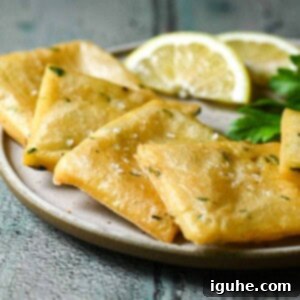
Sicilian Panelle (Italian Chickpea Fritters)
Pin Recipe
Equipment
-
medium pot (preferrably stainless steel)
-
metal whisk and silicone spatula
-
quarter baking sheet or 9×13-inch baking pan
-
parchment paper
-
slotted spoon or spatula
-
paper towels
Ingredients
- ½ cup broth or stock (vegetable or chicken) preferably unsalted
- 1½ cups water
- ½ teaspoon Kosher or fine sea salt, plus more for serving
- 1 cup chickpea flour (finely ground) also known as garbanzo bean, besan, or gram flour (not graham flour)
- ¼ teaspoon freshly ground black pepper
- 3 tablespoon diced fresh herbs such as parsley or chives
- vegetable or other oil for frying
- lemon wedges for serving
- Pecorino Romano for serving, optional
Instructions
-
Prepare your pan: Line a quarter sheet pan with parchment paper or lightly oil a 9 by 13-inch baking pan and set aside.
-
Add the water, stock, and salt to a medium pot. Gradually whisk in the chickpea flour, adding 2 to 3 tablespoons at a time. Continue whisking constantly to prevent lumps. This step should take about 2 minutes- the mixture will become smooth and slightly foamy.½ cup broth or stock (vegetable or chicken), 1½ cups water, ½ teaspoon Kosher or fine sea salt, plus more for serving, 1 cup chickpea flour (finely ground)
-
Return the pot to the stove over medium heat. Whisk continuously as the mixture begins to thicken. Once it reaches a ribbon-like consistency (when it falls from the whisk in thick, steady strands), switch to a silicone spatula, as the batter will start to stick to the whisk. Continue stirring until the mixture is fully thickened and resembles creamy mashed potatoes, about 7 minutes in total.
-
Stir in the pepper and herbs until well combined. Pour the hot batter into the prepared pan and spread it out evenly. Place the pan, uncovered, in the refrigerator for at least 30 minutes to firm up.¼ teaspoon freshly ground black pepper, 3 tablespoon diced fresh herbs such as parsley or chives
-
Remove the pan from the fridge and slice the panelle into even pieces- squares, rectangles, or your desired shape. In a large, high-sided skillet, pour in enough oil to reach a depth of ½ inch. Heat the oil over medium heat until it reaches about 350°F (or until a small piece sizzles immediately when added).vegetable or other oil for frying, lemon wedges for serving, Pecorino Romano for serving, optional
-
Carefully place 3 to 4 panelle into the hot oil, being careful not to overcrowd the pan. Fry until golden brown and slightly puffed in the center, about 2½ to 3 minutes, turning once. Use a slotted spoon to transfer them to a paper towel-lined plate to drain. Repeat with the remaining pieces, adjusting the heat as needed. Sprinkle with additional salt and serve immediately.
Notes
- A stainless steel pot and a metal whisk are preferred to avoid lumps in the batter (non-stick coatings may become damaged in the process of whisking).
- When spreading the batter, it should be thin (about ¼ inch).
- You can slice the panelle into any shape you want (squares, rectangles, triangles, rounds, or sticks).
- Make sure to add enough oil to the pan so that the panelle can freely float in the oil. If you don’t add enough oil, the panelle will “pan-pry” and lose their signature puff.
- For a deeper flavor, fry with a mixture of extra-virgin olive oil and vegetable oil.
- If making a large batch of panelle, heat the oven to 200°F, then add the cooked panelle to a baking sheet lined with a wire rack while you continue to fry the remaining fritters.
- Panelle can be stored in an airtight container for 4 days in the fridge. To reheat, simply pan-fry the fritters with a little oil or pop them in the oven at 350°F for 5-7 minutes until heated through.
Nutrition*
*Nutrition information is provided as a courtesy and is an estimate only. Nutrition information can vary depending on many factors, such as products used, measurements and substitutions, therefore it is recommended that you obtain nutritional calculations based on your own finished recipe.
